Today for review I’ve got the MSI Wind12 U230 netbook, it’s called a netbook but it really isn’t it could really be considered an ultra-portable notebook as it does have an AMD Athlon Neo X2 CPU in it, along with ATI HD 3200 Graphics. It’s much more powerful than the netbooks we’ve become accustomed to, but the price is a little bit more than other netbooks, but not as much as you might expect. In my time with the Wind12 I’ve come to like it quite a bit, it has a nice large keyboard that’s makes typing easy and enjoyable. The dual core CPU does allow you to do many things at once without the system slowing down, as far as graphics, it does do HD content and it has an HDMI port as well, but don’t expect to be playing games on high settings. So continue on to learn more about it and see how it compares to three Atom based netbooks I’ve got on hand..
We’ll start with the video unboxing:
Then we’ll get into the still pictures of the Wind12. It comes packaged well.
Included with the Wind12 is the power supply, battery, assorted documentation and driver/utilities disc.
The top is plain, just the MSI logo is there. When you get it there is a cover on it, under that cover is a glossy lid.
On the bottom you’ll find just one large access panel, along with ventilation slits.
The battery isn’t flat like most others are, it does stick out a bit and create a stand for the Wind12. This is something that I like it adds a little bit of an angle to it for typing.
Removing the battery reveals a sim card slot.
On the left side you’ll find connection for power, vga, HDMI and one USB port.
On the right side you’ll find a lock, ethernet port, memory card reader, two USB ports and the audio connections.
There’s nothing really special on the front edge, there are some LEDs slightly visible.
Opening it up you’ll find a nice large sized keyboard, a glossy screen with a webcam at the top.
On the bottom edge you’ll find a few features stickers on either side of the touch pad.
The keys are flat and springy, but they are nice and big, they seem a bit bigger than the full sized keyboard I’m typing on right now actually. According to the MSI website the keys are EDS style keys or Ergonomic De-stress.
This is what MSI says about it: MSI Ergonomics De-Stress (EDS) Keyboard features a surface area that is 51% larger, so the face of each individual key is wider for your typing convenience; it encourages natural finger and wrist movement to reduce strain and allows you to work for hours without discomfort.
And the keys are nice and big, typing on this keyboard is almost like using a full sized keyboard, which is a very nice feature for a netbook to have. Personally that’s one thing I don’t like about netbooks, the small keyboards.
Now we’ve got all of that out of the way, let’s take a look at the desktop and the some screenshots etc.
Boot time is a bit long, but most netbooks. From the time I pushed the power button to took 1 minutes and 31 seconds to get to a usable desktop, meaning everything was loaded and I could click programs and they would start right away. The Wind12 is running Windows 7 Home Premium 32bit.
There’s quite a bit of stuff on the Wind12, and it comes with Norton Internet Security that bugs you every time you turn on the computer and at regular intervals as well if you don’t activate it. The picture of the desktop below is every thing the way it comes, except the ‘review’ folder and the MWSnap program shortcut are what I added. There’s also a 60 day trial of Microsoft Office, Microsoft Works, Adobe, System Recovery Shortcut and the user manual is in a folder on the desktop right there for you.
Included with the Wind12 is KIDO’Z, it’s a child safe was for kids children to surf, watch videos and play games.
It also comes with some goofy webcam software from Arcsoft called Magic-i that allows you to have fun with your webcam, not my thing but I’m sure kids like it.
I did play with the camera, but there’s an issue with it it seems to be pointing too low, to use it I had to have my head way down low to the point where I’m almost touching my desk… There’s something funky there with the hardware installation apparently, you should be able to sit normally and have the camera see you correctly…
Here’s several screen shots from CPU-Z and one from GPU-Z telling us what’s in this netbook:
So it’s an AMD chipset with AMD dual core processor along with ATI Radeon HD 3200 graphics. There’s 2 gigs of DDR2 ram in there and a 320gb hard drive.
Out of curiosity I ran the Windows Experience Index program as well and we got a whopping 3.1 score. I honestly expected more from this netbook considering it’s a dual core CPU, but the problem is the graphics card and Aero as you can see here.
Here’s a look at the Device Manager as well with a few things of note expanded, as you can see the Wind12 does come equipped with 802.11n wireless and there’s a Seagate hard drive in there.
As far as the netbook itself, playing HD video was actually very smooth and it looks very good. The Wind12 does have a glossy screen, something which i don’t care for personally because of the glare, but apparently this a trend now as most all netbooks and notebooks have them…
Surprisingly the dual core AMD CPU though doesn’t feel much faster than the Atom netbooks I’ve got, but you can do more things at once once with it without the system really slowing down.
The sound is ok, it’s a netbook so don’t expect surround sound, HD quality sound from it, but it’s not bad overall.
Battery life is decent, about 4 hours with just light browsing etc, don’t expect a full day out of it, but it’s a netbook and most don’t come with high capacity batteries so that’s about the norm. Of course doing more things at once will shorten the battery life, but that’s expected, just make sure you take the power supply with you if you intend to be gone for a long time with it.
For gaming, yes you can do light gaming, but don’t expect to play Crysis…
One thing I also don’t care for on netbooks is the touch pad, they’re usually very small, but the Wind12 does have one that is pretty big and easy to use. Not that I actually use them anyway, unless I really have to.. It is centered below the keyboard and I did find myself touching it accidentally, but I seem to do that with all netbooks and laptops.
Specifications:
Processor & Cache: AMD Yukon CPU MV40/ L335 Processor
Operating System: Genuine Windows 7 Home Premium
Chipsets: AMD RS780MN + SB710
System Memory: DDR2 667/800MHz, 2 SO-DIMM slots, Max: 4GB
LCD Display: 12.1″ 1366*768 HD Ready
Graphics & Video Module: ATi Radeon HD3200, share with system memory
Audio: 2 high quality speakers
HDD: 160GB/250GB/320GB SATA
Webcam: 1.3M
Card Reader: 4-in-1 Card Reader, SD/MMC/MS/XD
Communication Port:
Built-in 10/100/1000 LAN
Built-in 802.11b/g/n WLAN Card / Bluetooth V2.0 EDR Supported (Bluetooth is optional)
I/O Port:
Graphics Card Output (15-pin, D-Sub) X 1
USB2.0 Port X 3
Mic-in Port X 1/Headphone Output X 1
LAN Port X 1
HDMI X 1
Keyboard: 87 keys
AC Adaptor: 65W
Battery Pack & Life: 3/6 cells (Optional)
Dimension & Weight:
297(L) X 190(D) X 24-31(H)mm
1.3KG with 3 cell battery
Price: $479.99 ( At Amazon at time of review, but it’s not yet available, only for pre-order)
I’ve taken a look at a few netbooks here on technogog and I collect and save the data, so fore the testing and comparison here I’ve put the Wind12 U230 up against the Acer Aspire D250, HP Mini 11 and the Gateway LT 2016u as well.
We’ll start off with ATTO Disk Benchmark. The Acer comes with Hitachi, the HP comes with a Toshiba and the Gateway comes with a Western Digital and the MSI Wind12 comes with a Seagate. The Wind12 has a 320gb while all three others are 160gb drives.
The WInd12 apparently comes with a nice fast drive, not much faster than the HP Mini, but still fastest of them all.
Next is the Physical Disks test and the File Systems Tests from SiSoft Sandra. For all the Sandra tests I used the new SiSoft Sandra 2010 portable Edition.
First is the File Systems Test:
Drive Index :
Results Interpretation : Higher index values are better.
Random Access Time :
Results Interpretation : Lower index values are better.
This is not the raw disk performance that other benchmarks test – but the speed of the volume itself that depends on many more factors like file system, operating system cache, position on disk, etc. Thus this is the performance you get at the file system level.
Drive Index: is a composite figure representing an overall performance rating based on the average of the read, write, and seek tests, and file and cache size. The Drive Index is intended to represent drive performance under typical use in a PC. A larger number means better performance. The weighting of the results is not equal it represents the distribution of different files sizes as used on these devices (obtained through field research).
According though this test though the HP Mini is a bit faster overall.
Next is the Physical Disks Test:
Drive Index :
Results Interpretation : Higher index values are better.
Random Access Time :
Results Interpretation : Lower index values are better.
As the test measures raw performance it is independent on the file system the disk uses and any volumes mounted off the disk.
Drive Index: is a composite figure representing an overall performance rating based on the highest read or write speed across the whole disk. Thus the higher the better.
Access Time: is the average time to read a random sector on the disk, analogous to latency response time. Thus the lower the better.
Here in the Physical Disks test the Wind12 and the Seagate hard drive is the winner.
Next up is CrystalMark which tests the entire systems:
The Wind12 with the Dual Core CPU truly is the better performing computer in this test.
Cinebench 10. It tests two things, the CPU and the Graphics, the CPUs are the same, so we’ll ignore that result and move to the Graphics test:
The second test measures graphics card performance and is run inside the 3D editor window. The project file used can test all graphics cards that support the OpenGL standard. In this scene, only the camera was animated. This scene places medium to low demands on graphics cards and tests the maximum speed with which the scene can be properly displayed.
Scores:
Acer Aspire One D250: 212
HP Mini 311: 1150
Gateway:272
MSI Wind12 U230: 1414
Here’s the actual screen shots if you’re interested:
Next is SiSoft Sandra CPU Multi-Media Benchmark. Yes it’s not a graphics benchmark, but the entire computer plays a role in the test.
Results Interpretation : Higher index values are better.
Benchmark the (W)MMX(2), SSE(2/3/4), AVX processor units.
Results Interpretation
Multi-Media Integer (Pixels/s) – higher results are better, i.e. better integer performance.
Multi-Media Single/Double Float (Pixels/s) – higher results are better, i.e. better floating-point performance.
Yeah, I’d say the Wind12 wins this test easily..
Next up we’ve got SiSoft Sandra CPU Arithmetic Test:
Results Interpretation : Higher index values are better.
Benchmarks the ALU and FPU processor units
Results Interpretation
Dhrystone (MIPS) – higher results are better, i.e. better integer performance.
Whetstone (MFLOPS) – higher results are better, i.e. better floating-point performance.
Again here there’s really no contest, the dual core AMD CPU easily bests the others.
Next is the Cache and Memory Test:
Benchmark the processors’ caches and memory access (transfer speed).
Results Interpretation
Cache/Memory Bandwidth (MB/s) – higher results are better, i.e. faster memory bandwidth.
Speed Factor (MB/s) – lower results are better, i.e. less difference between processor cache speed and memory speed.
The Wind12 is better for the first part of the this test, but as you can see for the Speed Factor where lower is better the Wind doesn’t do to good at all..
Next is the Memory Bandwidth test:
Benchmark the memory bandwidth of your computer
Results Interpretation
Integer Memory Bandwidth (MB/s) – higher results are better, i.e. faster memory bandwidth.
Float Memory Bandwidth (MB/s) – higher results are better, i.e. faster memory bandwidth.
Here again the Wind12 is the better choice as you might expect.
next is the Memory Latency Test:
Benchmark the latency (response time) of processors’ caches and memory
The latency of caches is measured in processor clocks (i.e. how many clocks it takes for the data to be ready) as it is dependent on the processor clock speed.
The latency of memory is measured in nanoseconds as it is typically independent on processor clock speed.
Results Interpretation:
Latency: Lower is better
Speed Factor: Lower is better
This chart is bit backwards because lower scores are better, so the Wind12 doesn’t do very well here at all. Still though were talking nanoseconds, so really there isn’t that much of a difference at all…
Finally we have the x264 HD Benchmark 3.0 from TechArp
Simply put, it is a reproducible measure of fast your machine can encode a short HD-quality video clip into a high quality x264 video file. It’s nice because everyone running it will use the same video clip and software. The video encoder (x264.exe) reports a fairly accurate internal benchmark (in frames per second) for each pass of the video encode and it also uses multi-core processors very efficiently. All these factors make this an ideal benchmark to compare different processors and systems to each other.
so here’s the results:
HP Mini 311:
Results for x264.exe r1342
————————–
encoded 1442 frames, 6.48 fps, 3899.26 kb/s
encoded 1442 frames, 6.53 fps, 3899.26 kb/s
encoded 1442 frames, 5.98 fps, 3899.26 kb/s
encoded 1442 frames, 6.39 fps, 3899.26 kb/s
encoded 1442 frames, 1.53 fps, 3970.98 kb/s
encoded 1442 frames, 1.50 fps, 3970.69 kb/s
encoded 1442 frames, 1.53 fps, 3971.67 kb/s
encoded 1442 frames, 1.53 fps, 3971.30 kb/s
and here are the results for the Acer Aspire One D250:
Results for x264.exe r1342
————————–
encoded 1442 frames, 6.84 fps, 3899.26 kb/s
encoded 1442 frames, 6.85 fps, 3899.26 kb/s
encoded 1442 frames, 6.84 fps, 3899.26 kb/s
encoded 1442 frames, 6.78 fps, 3899.26 kb/s
encoded 1442 frames, 1.53 fps, 3971.06 kb/s
encoded 1442 frames, 1.54 fps, 3970.62 kb/s
encoded 1442 frames, 1.53 fps, 3971.81 kb/s
encoded 1442 frames, 1.53 fps, 3971.28 kb/s
results for the Gateway LT:
Results for x264.exe r1342
————————–
encoded 1442 frames, 7.00 fps, 3899.26 kb/s
encoded 1442 frames, 6.97 fps, 3899.26 kb/s
encoded 1442 frames, 6.99 fps, 3899.26 kb/s
encoded 1442 frames, 6.97 fps, 3899.26 kb/s
encoded 1442 frames, 1.58 fps, 3971.00 kb/s
encoded 1442 frames, 1.58 fps, 3971.39 kb/s
encoded 1442 frames, 1.59 fps, 3971.57 kb/s
encoded 1442 frames, 1.58 fps, 3971.93 kb/s
Results for the MSI Wind12 U230:
Results for x264.exe r1342
————————–
encoded 1442 frames, 16.09 fps, 3899.26 kb/s
encoded 1442 frames, 15.45 fps, 3899.26 kb/s
encoded 1442 frames, 16.32 fps, 3899.26 kb/s
encoded 1442 frames, 16.26 fps, 3899.26 kb/s
encoded 1442 frames, 3.69 fps, 3971.95 kb/s
encoded 1442 frames, 3.87 fps, 3971.12 kb/s
encoded 1442 frames, 3.85 fps, 3971.38 kb/s
encoded 1442 frames, 3.86 fps, 3970.44 kb/s
I also ran it on my Corei5 750 computer:
Results for x264.exe r1342
————————–
encoded 1442 frames, 63.64 fps, 3901.21 kb/s
encoded 1442 frames, 64.67 fps, 3900.68 kb/s
encoded 1442 frames, 64.07 fps, 3901.21 kb/s
encoded 1442 frames, 63.98 fps, 3900.68 kb/s
encoded 1442 frames, 19.67 fps, 3971.81 kb/s
encoded 1442 frames, 19.76 fps, 3971.25 kb/s
encoded 1442 frames, 19.61 fps, 3972.15 kb/s
encoded 1442 frames, 19.53 fps, 3970.28 kb/s
As expected the dual core easily bests the Atom processors in the other netbooks I’ve got when it comes to encoding and HD video file…
As far as the price is concerned, the Wind12 is more expensive that the Acer Aspire One and the Gateway that are in this review, but it’s about the same as the HP Mini 311, about $20 more than the Mini actually. Which if I had a choice between the Hp Mini 311 or this Wind12 I’d take the Wind12 any day…
Conclusion:
If this is where netbooks are headed then this is a good thing. The Wind12 is priced not much higher than some other Atom based netbooks out there but it’s much more powerful making it more useful overall.
The Wind12 US230 is a great choice if you’re looking for a new netbook, it offers the portability of a netbook but the power of a notebook in the same form factor.
The Wind12 is nicely made and it seems durable. The battery life is a bit short, but that’s expected for most netbooks out there today. The keyboard is nice and large, the keys are about the size of a desktop keyboard so you’ll be typing easily on it.
Pros:
+Lightweight and well made
+Dual core AMD CPU let’s you do more things at once
+Nice large keyboard
+Rather large touch pad
+Small and protable like a netbook but powereful like a notebook
Cons:
-Short battery life
-Something wrong with built-in camera, pointing too low
-Trial software, Norton and a lot of stuff installed
-Glossy screen
| Grades: | |
| Overall |  |
| Design |  |
| Performance |  |
This product was given to technogog for review by the company for review purposes only, and is not considered by us as payment for the review, we do not, and never will, accept payment from companies to review their products. To learn more about our review policy please visit this page HERE.

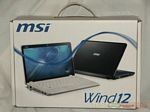
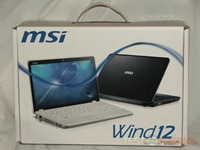
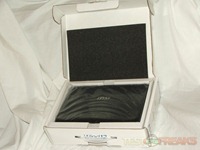
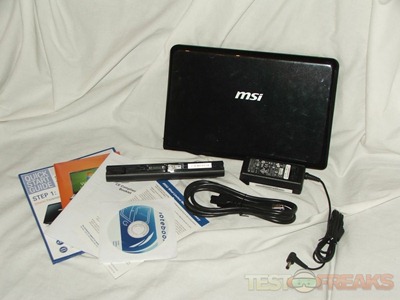
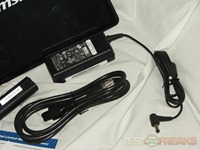
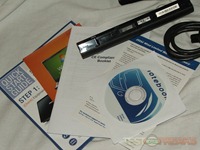
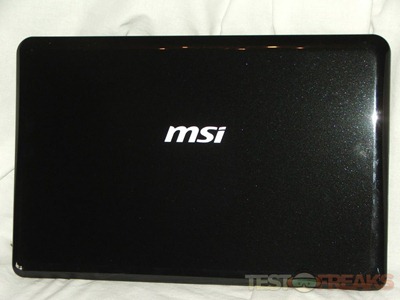
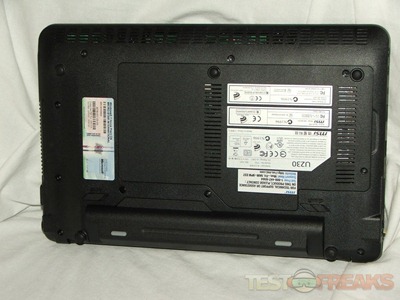
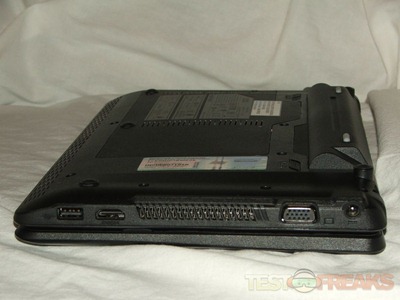

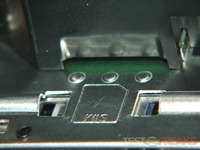

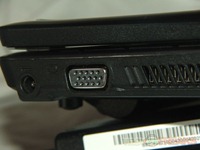
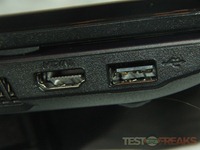
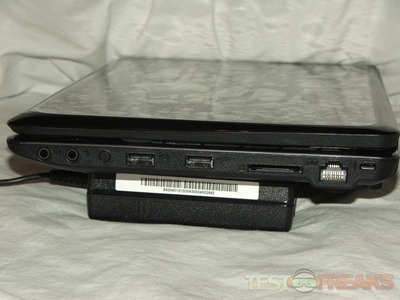
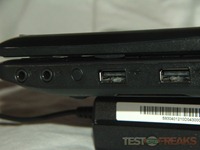
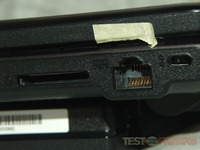
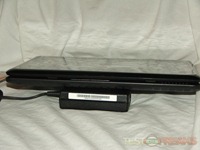
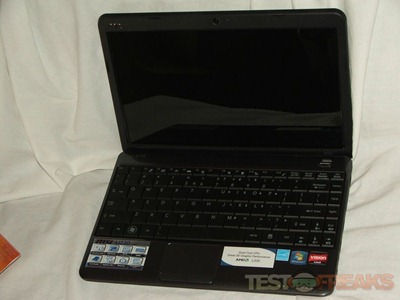
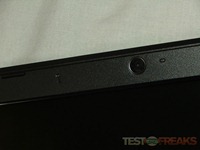
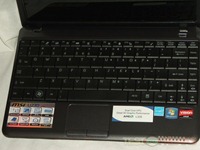
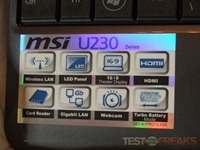
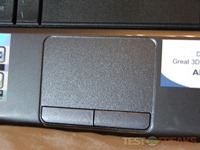
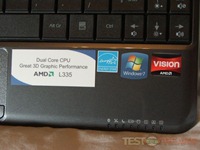
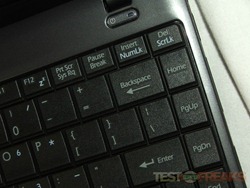
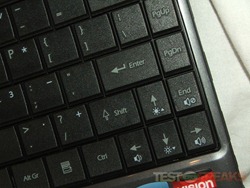
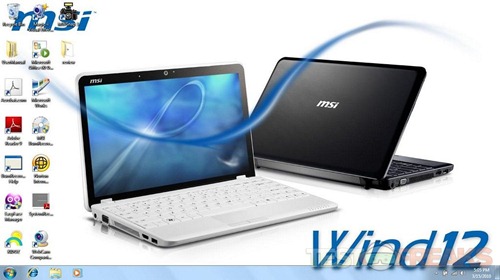
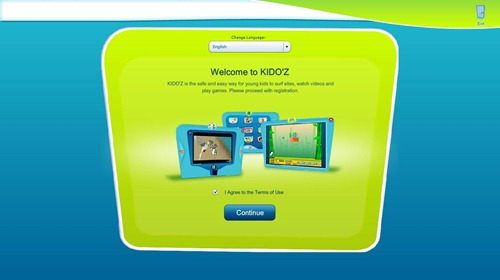

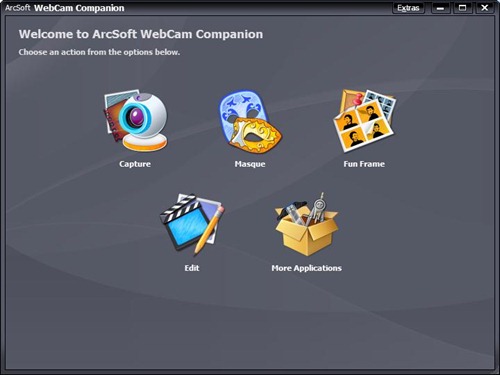
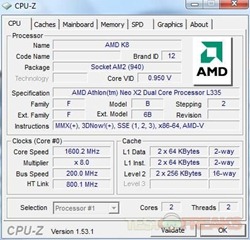
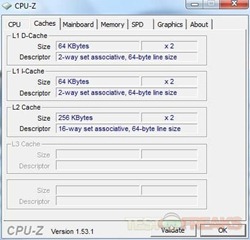
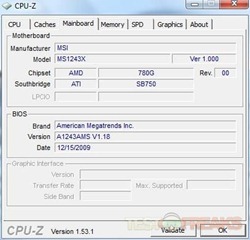
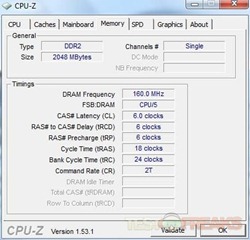
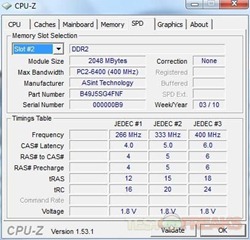
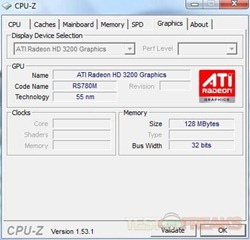
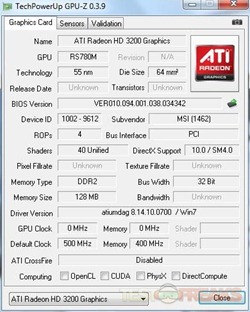
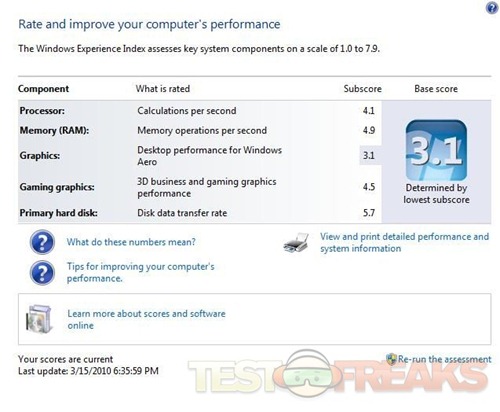
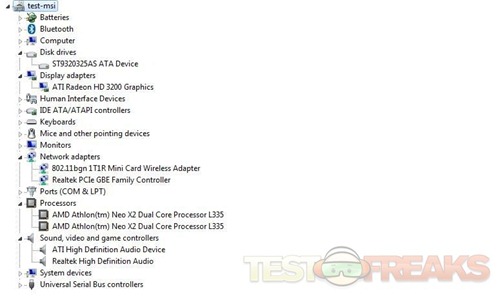
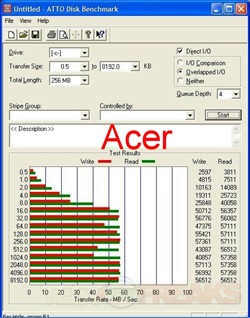
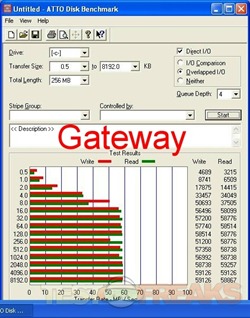
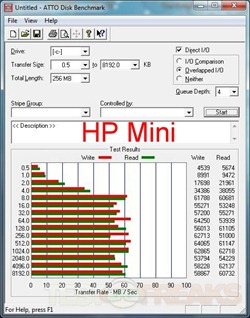
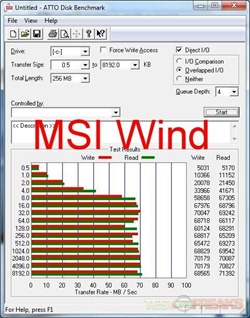

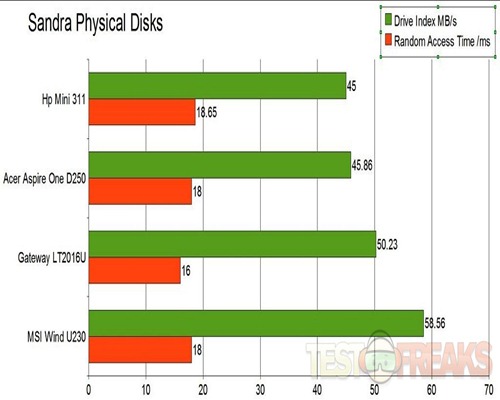
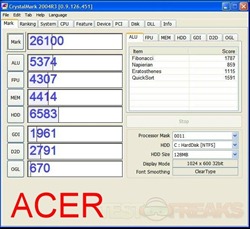
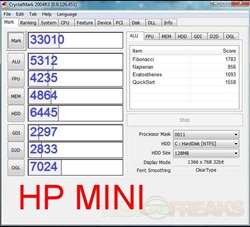
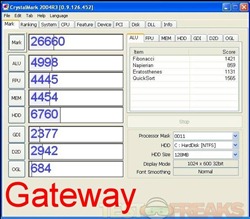
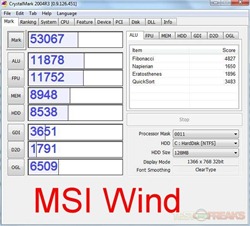
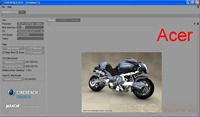
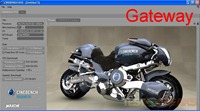
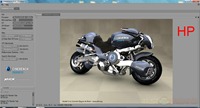
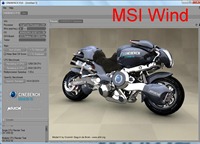
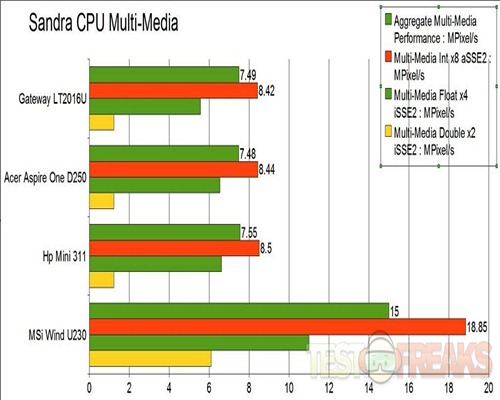
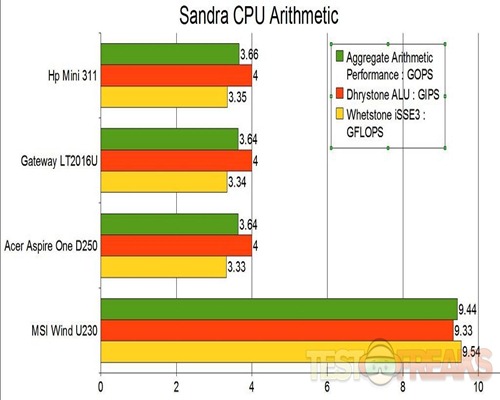
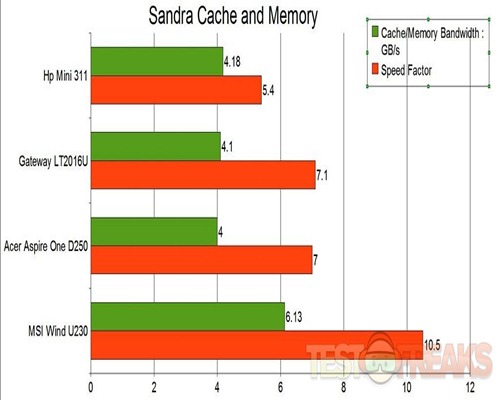
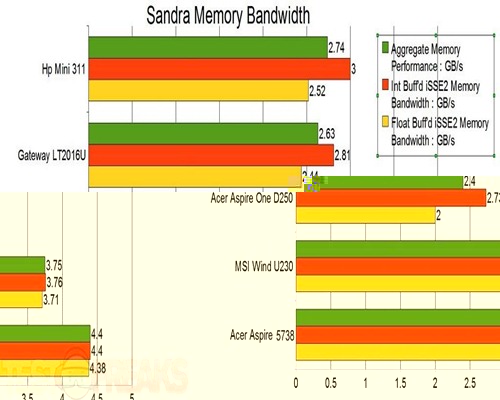
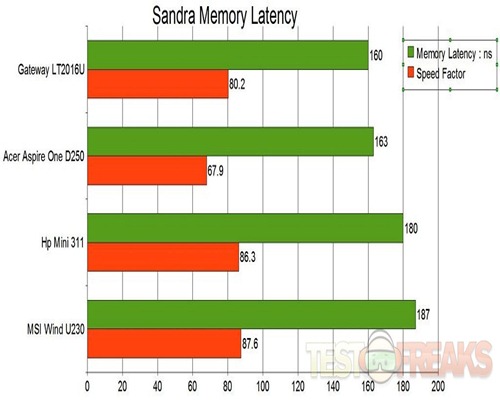






28 comments for “Review of MSI Wind12 U230 Netbook”